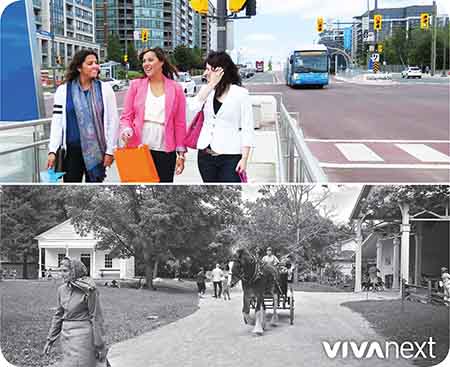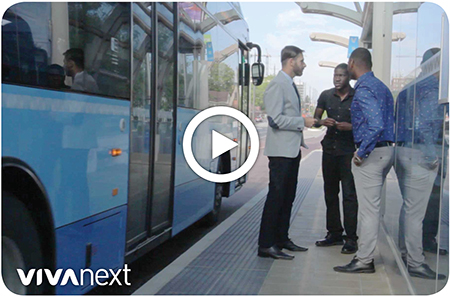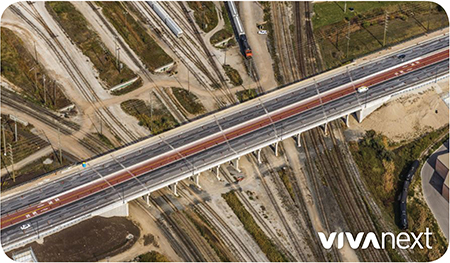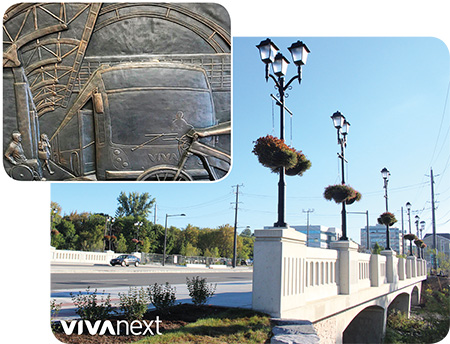
We all have our favourite seasonal stories. Some love the old classics, others like the Grinch or Charlie Brown. Here at vivaNext we lean toward stories of transit of course, like The Polar Express for example. Maybe that’s because we identify with the boy in the story, just a little bit. We may not have been waiting for a magical train to the North Pole, but since before the 2005 launch of Viva service, we’ve believed in the possibility of a connected rapid transit network.
Back then, the vision to connect and transform communities wasn’t tangible. It seemed unbelievable that even one street would be transformed, let alone 34 km. But just a few years later we felt the magic of watching a Viva bus pull up to York Region’s very first vivastation at Warden and Enterprise in Markham.
Later, we saw Highway 7 East transform from a highway with gravel shoulders into a walkable destination with tree-lined sidewalks, and new places to live and work.
It wasn’t long before Davis Drive began to take shape in Newmarket, then the Highway 7 West rapidway and subway extension in Vaughan Metropolitan Centre.
This year, we’ve jumped ahead in our journey, with a new terminal open for service in November, new segments of rapidway open in September and November – and even more rapidway corridors opening soon in Vaughan and Newmarket.
So now, the vision of connecting and transforming communities has come to life. This is the season to believe, so let’s believe in future possibilities. Instead of hoping for a magical Polar Express train to the North Pole, we’ll be moving forward with the Yonge Subway Extension to Highway 7, and a connected network of bus rapid transit across York Region. Thank you for believing, and have a safe and happy holiday!






